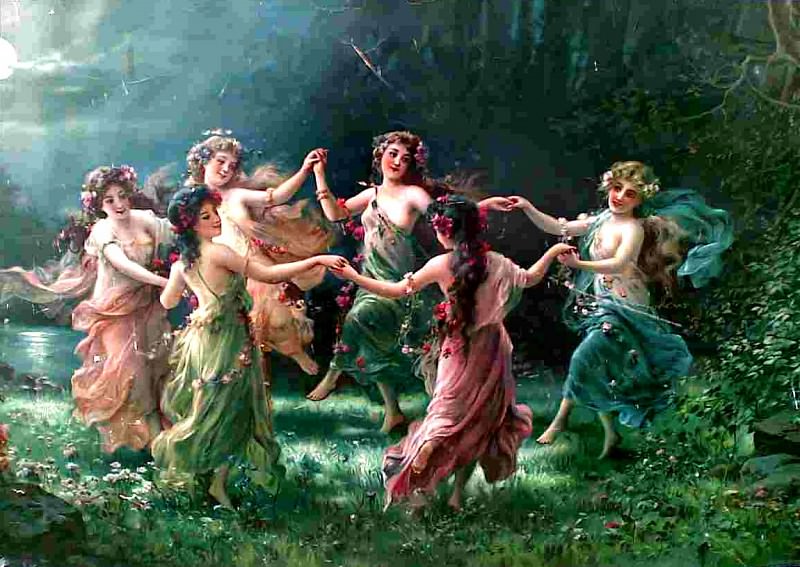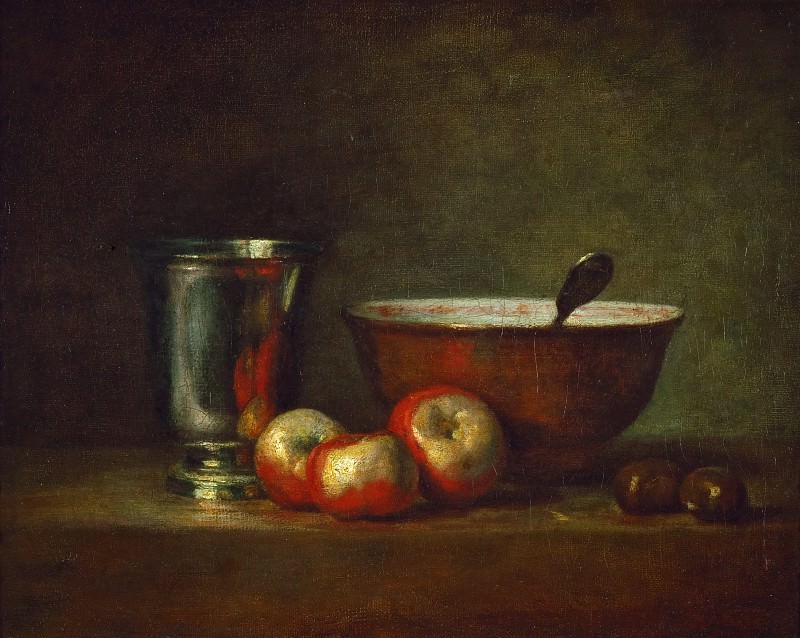William King: A Journey Through Modern Sculpture
William King, an artist who carved a unique niche in the world of modern sculpture, is celebrated for his innovative approach to form, material, and expression. Born in 1925 in Jacksonville, Florida, King’s artistic journey spanned several decades, during which he became a pivotal figure in American art, known for his ability to capture the essence of human experience through abstract forms.
King's work is often characterized by its humor, simplicity, and accessibility. He had a unique ability to infuse his sculptures with a sense of movement and personality, often using minimalist forms to evoke complex human emotions and societal critiques. His figures, often elongated and stylized, are instantly recognizable, becoming iconic representations of human interactions and contemporary life.
Early Life and Influences
William King's early life played a significant role in shaping his artistic vision. Growing up in a family that valued creativity and intellectual pursuits, King was encouraged to explore the arts from a young age. His initial interest in art led him to study at the University of Florida, but his passion for sculpture truly blossomed when he moved to New York to attend the Cooper Union for the Advancement of Science and Art.
In New York, King was exposed to the vibrant art scene of the 1940s and 1950s, which was dominated by the rise of Abstract Expressionism. However, unlike many of his contemporaries who were drawn to painting, King found his voice in sculpture. His early works were influenced by the likes of Alexander Calder and Alberto Giacometti, whose use of space, form, and abstraction left a lasting impact on King’s developing style.
The Evolution of Style
King's early sculptures were predominantly made of wood, a material that allowed him to explore the relationship between mass and space. His figures from this period were often simplified, almost to the point of abstraction, yet they retained a sense of warmth and humanity. These early works laid the foundation for what would become King’s signature style: a blend of abstraction and figuration that spoke to both the individual and collective human experience.
As his career progressed, King began experimenting with other materials, including bronze, aluminum, and steel. These materials allowed him to create larger, more durable works that could be displayed in outdoor settings. The shift to metal also brought about a change in the way King approached form. His figures became more elongated and stylized, yet they remained deeply rooted in the human form.
One of the most striking aspects of King’s work is his ability to convey motion. Whether it’s a group of figures seemingly frozen in mid-conversation or a single figure caught in the act of walking, King’s sculptures exude a sense of liveliness and spontaneity. This dynamic quality is achieved through King’s masterful use of line and proportion, as well as his keen understanding of how to manipulate space to create the illusion of movement.
Themes and Motifs
Throughout his career, William King explored a variety of themes, many of which centered around the human condition. His sculptures often depict individuals or groups engaged in everyday activities, such as walking, talking, or playing sports. These mundane scenes are elevated through King’s unique approach to form and composition, which imbues them with a sense of importance and universality.
One recurring motif in King’s work is the theme of communication. Many of his sculptures feature figures engaged in conversation, their exaggerated gestures and expressions suggesting a deep, albeit silent, dialogue. Through these works, King explores the complexities of human interaction, highlighting both the connections and the barriers that exist between individuals.
Another prominent theme in King’s work is the passage of time. His figures, often depicted in mid-motion, serve as a metaphor for the fleeting nature of life. This sense of temporality is further emphasized by King’s use of elongated forms, which give his sculptures a sense of weightlessness, as if they could dissolve into the air at any moment.
Public Works and Legacy
William King’s work is not confined to the walls of galleries or museums; many of his sculptures are displayed in public spaces, where they interact with their surroundings and engage with the public in a direct and immediate way. These public works, which can be found in cities across the United States, are a testament to King’s belief in the accessibility of art. He once said that he wanted his sculptures to be “friendly,” to invite people in and make them think without alienating or intimidating them.
One of King’s most famous public works is the series of sculptures he created for the Port Authority Bus Terminal in New York City. These larger-than-life figures, which depict commuters hurrying to and from their buses, capture the energy and chaos of urban life. Despite their exaggerated forms, these figures are instantly recognizable, a reflection of King’s ability to distill the essence of human experience into a few simple lines.
King’s legacy is also evident in the influence he has had on subsequent generations of artists. His innovative use of materials, his exploration of form and motion, and his ability to blend abstraction with figuration have all left a lasting mark on the field of modern sculpture. Moreover, King’s commitment to making art that is both accessible and thought-provoking continues to inspire artists today.
Critical Reception and Recognition
William King’s work has been widely recognized and celebrated throughout his career. He received numerous awards and honors, including fellowships from the Guggenheim Foundation and the National Endowment for the Arts. His sculptures have been exhibited in major museums and galleries across the United States and Europe, and they are included in the permanent collections of institutions such as the Whitney Museum of American Art and the Hirshhorn Museum and Sculpture Garden.
Critics have often praised King for his ability to combine humor with serious artistic intent. His sculptures, while often whimsical in appearance, are deeply rooted in a thoughtful exploration of the human experience. This blend of lightness and depth is what sets King’s work apart from that of many of his contemporaries and has ensured his place in the pantheon of modern American artists.
Conclusion: The Enduring Appeal of William King’s Art
William King’s art continues to captivate audiences with its unique blend of humor, accessibility, and profound insight into the human condition. His sculptures, with their elongated forms and dynamic compositions, invite viewers to engage with them on both a visual and intellectual level. Whether displayed in a gallery or in a public space, King’s work resonates with people from all walks of life, a testament to the universal themes he explores.
King’s legacy as a pioneer of modern sculpture is secure, and his influence can be seen in the work of countless artists who have followed in his footsteps. As we continue to grapple with the complexities of the human experience, King’s art serves as a reminder of the power of simplicity, the importance of communication, and the enduring relevance of the human figure in art. His work challenges us to see the world in new ways, to find meaning in the mundane, and to appreciate the beauty in the everyday moments that make up our lives.




